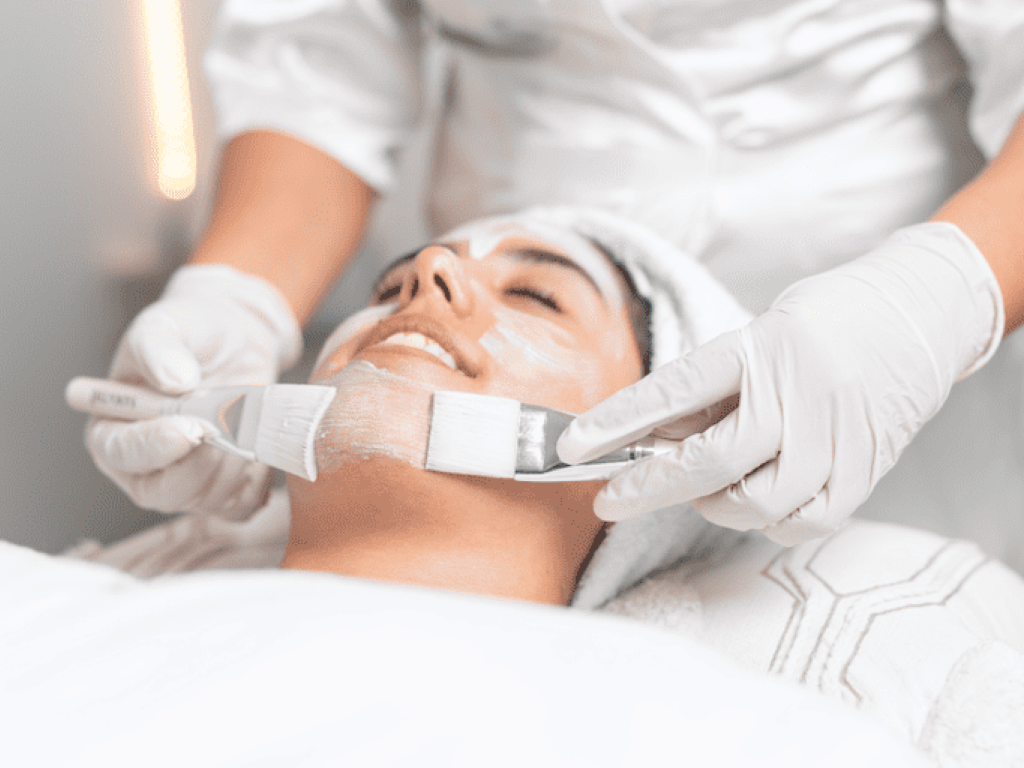Chemical Peeling: A Safe and Effective Way to Achieve Younger Looking Skin

Chemical peeling is a cosmetic procedure in which a chemical solution is applied to the skin to remove the top layers of dead skin cells and stimulate the production of new skin cells which will give a smoother, younger and healthier appearance. The procedure is typically performed on the face, neck, or hands to improve the appearance of fine lines, wrinkles, uneven skin tone, hyperpigmentation, enlarged pores and acne scars. It also improves the texture of the skin. During a chemical peel, a solution is applied to the skin and left on for a specific amount of time before being neutralized and removed. The strength of the solution and the length of time it is left on the skin will depend on the specific type of peel being performed and the desired outcome.
Chemical peels can be categorized as superficial, medium, and deep peels, which vary in the depth of penetration and the intensity of the treatment.
Superficial peels, also known as “lunchtime peels,” use a mild acid to remove the outermost layer of skin cells and are generally suitable for all skin types. These peels are often used to improve the texture and tone of the skin and may be performed every few weeks.
Medium peels, which use a stronger acid, penetrate deeper into the skin and remove damaged skin cells from the middle layers. These peels are typically used to treat moderate signs of aging and sun damage and may require a week or more of recovery time.
Deep peels, which use the strongest acid, penetrate the deepest layers of the skin and are used to treat severe wrinkles, scars, and uneven skin tone. These peels have the longest recovery time, and they are generally not recommended for people with darker skin tones due to the risk of scarring and pigment changes. It is always advised to avoid direct Sunlight following procedure, apply proper sun screens (SPF 50 or above), avoid excessive sweating activities or swimming for a few days, and keep the skin moisturized.
The procedure may be performed alone or in combination with other treatments. After a chemical peel, the skin may be red and swollen for a few days. It is important to follow the instructions provided by the healthcare provider for optimal results and to minimize the risk of complications such as redness and swelling following the procedure, scarring, infection.
Chemical peeling is usually performed by an Aesthetically qualified doctor, and it is typically done on an outpatient basis in a clinic set-up. It is necessary to discuss the suitability of the procedure, choosing the correct product and the potential risks and benefits. It is important to choose a qualified and experienced provider to ensure the best results and minimize the risk of complications.
We at https://mycosmeticclinic.lk uses specific type of chemical peels such as alpha hydroxy acid (AHA) peels, beta hydroxy acid (BHA) peels, trichloroacetic acid (TCA) peels, and phenol peels according to the patient’s skin type, texture, condition, concerns and goals. Repeated peels are done in combination with other aesthetic procedures to deliver better results at our clinics.
Dr. Harsha Jayakody
Aesthetic & Cosmetic Physician
MBBS (Sri Lanka), MBA in Health Admin (Malaysia), MSc (Sri Lanka),
MD (Sri Lanka)
Diploma in Aesthetic Medicine (PIA)
Member of CFAT (New Delhi)
Member of the American Academy of Aesthetic Medicine (AAAM)
Board Certification from IEBDAC (UK)


